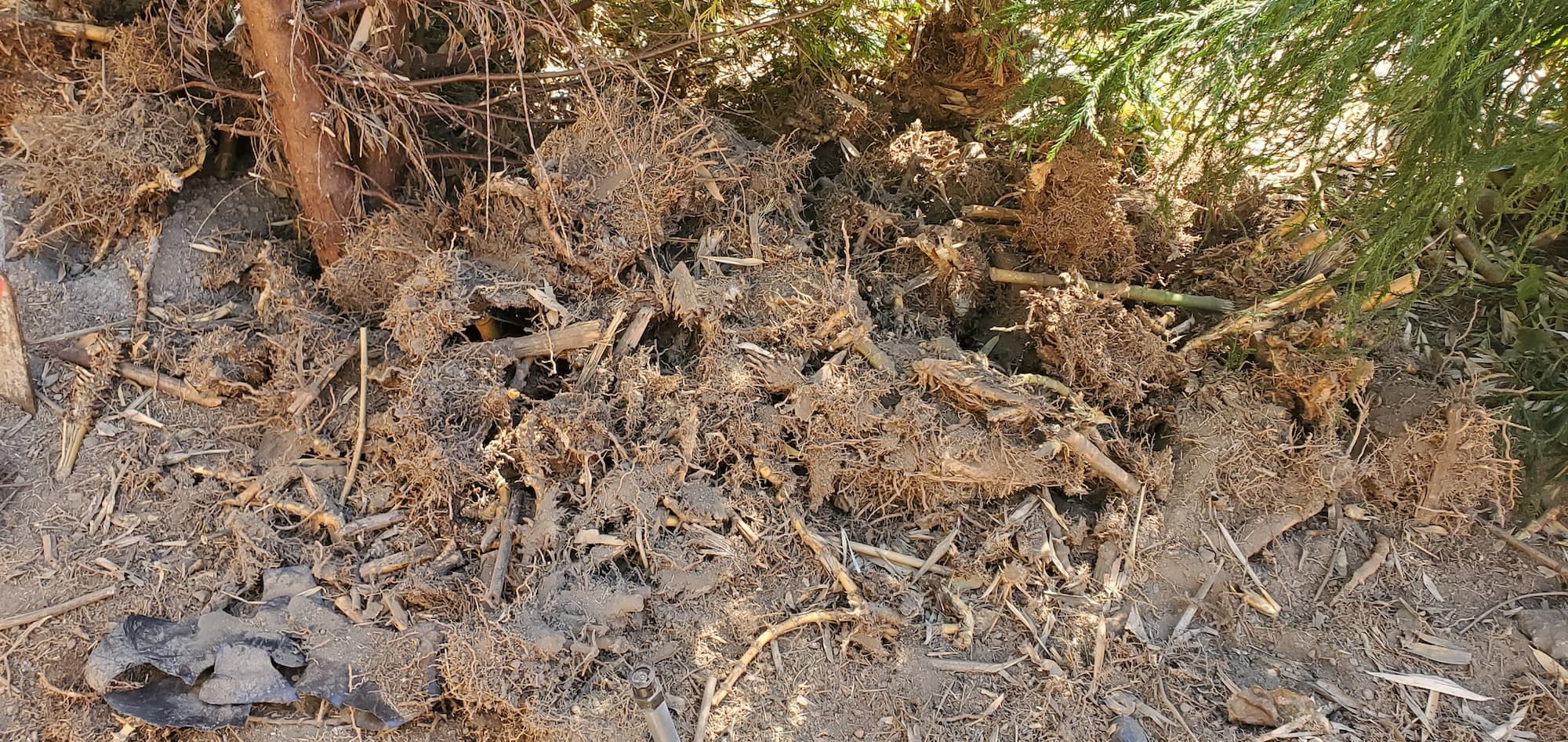How to Install Root Barriers to Prevent Bamboo Spread
Bamboo is a beautiful and versatile plant, but it can quickly become a nuisance when it spreads uncontrollably. If you’re struggling with bamboo taking over your garden or yard, installing root barriers is an effective solution. Root barriers help contain bamboo’s aggressive growth, ensuring it stays where you want it. In this article, we’ll guide you through the process of installing root barriers, offering practical steps, tools, timelines, and costs involved.
Our Approach
- Assessment of the Area: Before installation, evaluate where the bamboo is currently growing and decide how much area you want to protect.
- Choosing the Right Barrier: Select the appropriate material for your root barrier, considering durability and height.
- Installation Process: Follow the steps to create an effective barrier that will contain the bamboo’s roots.
- Maintenance: Understand how to maintain the barrier for long-term effectiveness.
We’re a low-maintenance landscaping crew. Our goal is fewer problems between visits and less work for you.
Service Cadences
- Quarterly — spring/fall deep clean + two tune-ups
- Bi-Monthly — balanced care for most yards
- Monthly — high-visibility properties & rentals
What’s Included
- Site Evaluation: Assessing the bamboo spread and determining the best barrier placement.
- Material Selection: Guidance on choosing the right root barrier materials.
- Installation: Step-by-step installation of the root barrier.
- Maintenance Tips: Ongoing care and monitoring for bamboo growth.
Why It Matters
- Curb Appeal: Preventing bamboo from spreading enhances the overall look of your yard.
- Safety: Containing bamboo reduces the risk of it invading areas where it could disrupt other plants.
- Drainage: Properly installed barriers help maintain good drainage in your garden.
- Maintenance Savings: Investing in a root barrier now saves you time and money on future bamboo removal.
How It Works
Quick Estimate: Start with a consultation to assess your bamboo problem. This can be done through photos, videos, or an onsite visit. Expect clear, upfront pricing based on the size of the area and material costs.
Set Your Schedule: Choose a service cadence that fits your needs—quarterly, bi-monthly, or monthly.
Service Day: On the scheduled day, our team will arrive to install the root barrier. We will:
- Clear the area around the bamboo to access the roots.
- Dig a trench that is at least 24 inches deep (36 inches for more aggressive bamboo types).
- Install the barrier, ensuring it extends above ground to prevent any surface runners from escaping.
Follow-Up: After installation, we’ll provide simple care tips to monitor the bamboo and keep it contained. Optional follow-up services can include regular checks and maintenance.
Installation Steps
Tools & Materials Needed
- Materials:
- High-density polyethylene (HDPE) or steel root barrier (12-36 inches high)
- Landscape fabric (optional)
- Tools:
- Shovel
- Rake
- Level
- Measuring tape
- Hammer (for steel barriers)
- Utility knife (for cutting barriers)
Installation Steps
Mark the Area: Use stakes and string to outline where the root barrier will be installed. This will help keep your trench straight.
Dig the Trench: Use your shovel to dig a trench at least 24 inches deep. Make sure it’s wide enough to accommodate the barrier material.
Prepare the Barrier: If using a flexible barrier, measure and cut it to fit the trench. For rigid barriers, ensure they are cut to the correct height.
Install the Barrier: Place the barrier into the trench, ensuring it is straight and vertical. If using steel, hammer it into the ground to secure it.
Backfill and Compact: Fill the trench back with soil, compacting it around the barrier to prevent movement.
Monitor Growth: After installation, check the area regularly for any bamboo shoots that may emerge above the barrier. Trim or dig them out as needed.
Cost Considerations
- Material Costs: Expect to spend between $1.50 to $5 per linear foot for HDPE barriers and $5 to $10 per linear foot for steel barriers.
- Labor Costs: Professional installation can range from $200 to $800 depending on the size of the area and complexity of the job. DIY installation can save costs but may require more time and effort.
Why Choose Neat & Tidy
- Local crew that works clean and efficient
- Licensed & insured for peace of mind
- Upfront pricing — labor, hauling, and disposal included
- On-time, respectful, detail-driven
Ready for a yard that stays neat?
Call or text Neat & Tidy for a quick quote and a maintenance schedule that fits your place. We’ll keep it tidy—so you don’t have to. Contact Us:
neatandtidyseattle@gmail.com
206-538-9344
Mon–Sun: 9am-6pm
🔒 Licensed • Bonded • Insured.










